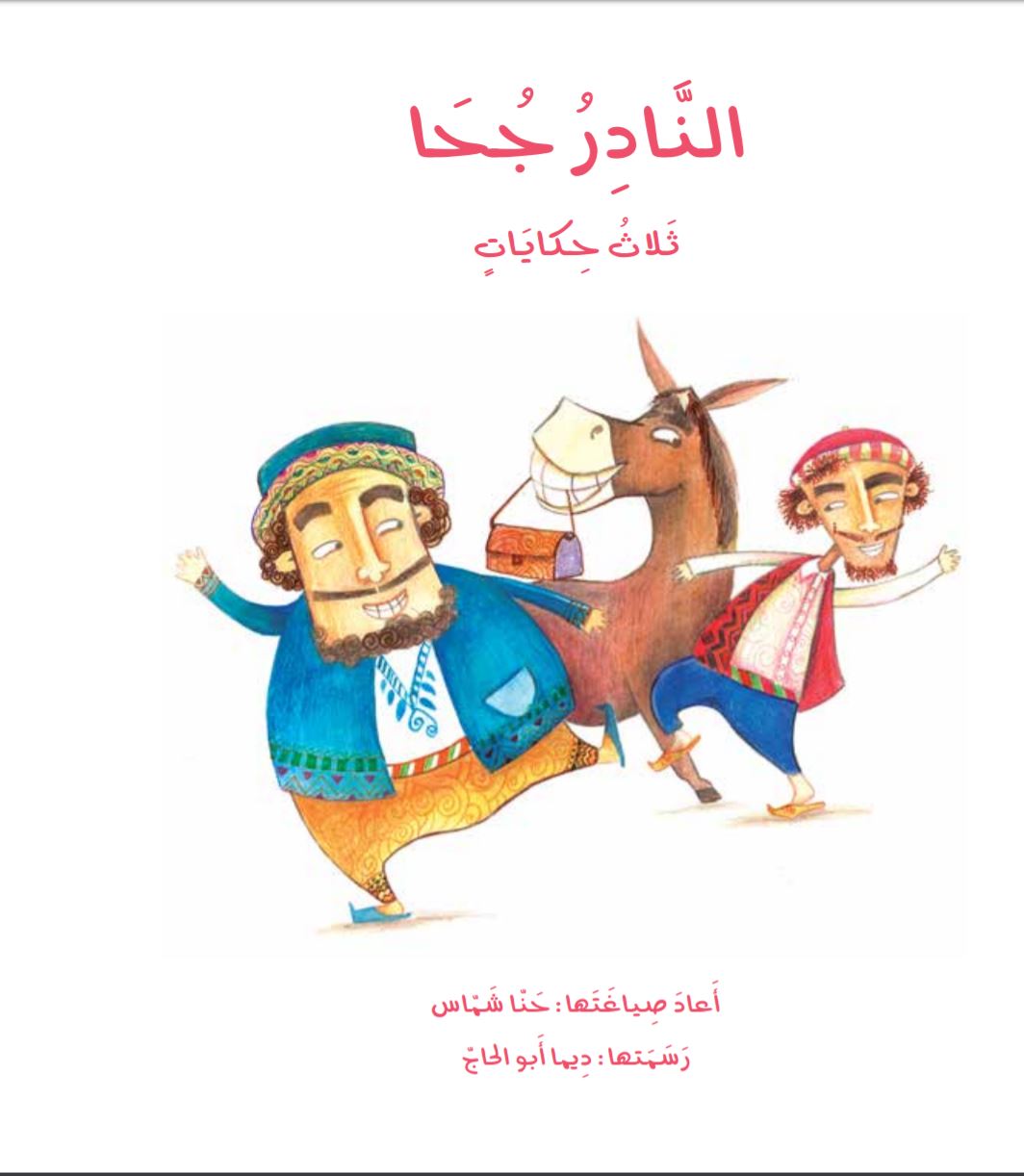
Who doesn’t know Jouha, the famous character whose stories have entertained children and adults for centuries? The book has three humorous traditional stories.

Who doesn’t know Jouha, the famous character whose stories have entertained children and adults for centuries? The book has three humorous traditional stories.
Who does not know Jouha? He has always been a major character to talk about in evening story time, and the subject of good and funny stories for children, who try to memorize his escapades. In general, only by the age of six, can children understand his tales, when they begin to differentiate ...
Read MoreDear Parents,
Who does not know Jouha? He has always been a major character to talk about in evening story time, and the subject of good and funny stories for children, who try to memorize his escapades.
In general, only by the age of six, can children understand his tales, when they begin to differentiate between imagination and reality. They can understand the logic of what is happening around them and internalize socially accepted behaviors. So, people laugh when Jouha breaks the logic we know and accept, just as No’aman laughed about Jouha when he made the cloud a sign locating his treasure.
Children like satiric literature, it makes them laugh, encourages them to imagine and think and to criticize unaccepted behaviors. Children not only love to tell Jouha tales, but also to make up their own jokes.
Here are some suggestions for book-related activities you can enjoy with your child:
المربّية العزيزة،
من المرجّح أنّ نكات جحا، والنّملة والفيل، قد بدأت تتردّد في فضاء بستانك! فالأطفال في هذا العمر "يكتشفون" النّكتة، وما تتضمّنه من فكاهة حين ينكسر المنطق، ويتشقلب المألوف! وهم يتمتّعون برواية النّكات لبعضهم، واختراع نكات جديدة. لا بدّ أنّك تلاحظين أيضًا متعة الأطفال وهم يحزّرون بعضهم بأسئلة جوابها غير منطقيّ يثير الضّحك.
يتمتّع الأطفال- كما الكبار- بالأدب الفكاهي؛ فهو مضحكٌ، ويثير الخيال، وهو وسيلة لنقد سلوكياتٍ اجتماعيّة بطريقة غير مباشرة، كما أنّه يمكّن الطّفل من "تركيب" العالم من حوله على نحوٍ لا يتماشى مع المنطق والمقبول.